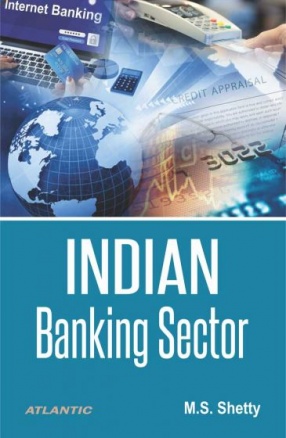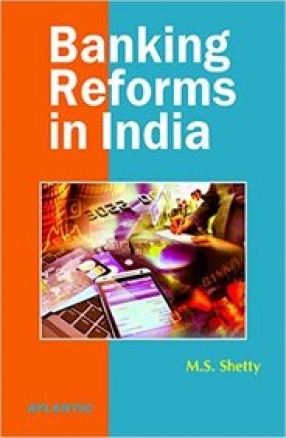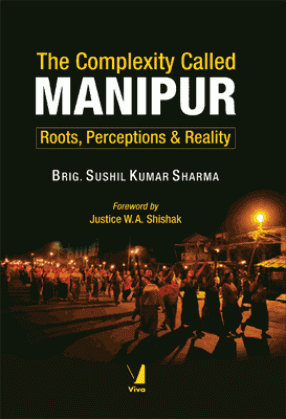Indian Banking Sector
Banking is explained as a business of accepting deposits from the public and giving loans to those who need it.
Banking is the backbone of the financial system of the country. In modern economy, bank accounts have replaced the money as financial transactions are now taking place through the medium of bank payment systems without requiring the actual money. Deposits with banks now form a component of ‘money supply’ in the economy besides the actual cash held by individuals.
Indian banking is dominated by Public Sector Banks (PSBs) since the decade of 1970s, and in 1990-91 financial sector reforms-particularly the banking sector reforms, were introduced. The reforms allowed the entry of new private sector banks and also allowed foreign banks to expand their activities in India.
Banking reforms also brought in technological changes in the functioning of banks. Indian banks entered into computer-age in the first decade of 21st century. This resulted in redefining the products and services and also added new delivery channels for the banking services. These changes have added a new dimension to banking business.
This book tries to explain in simple language the intricate financial aspects about the banks, their systems, their working and their control. The book in the beginning gives the basic structure of banks in our country and then proceeds to give other relevant information about Indian banking. It gives information about the existing, remodelled and the newly added banking products and services. It also explains many terminologies used in present-day banking. The book also gives information about other financial institutions that are closely connected with the working of banks.
Get it now and save 10%
BECOME A MEMBER









Bibliographic information